Keres part I
I have moved to New Mexico and become a substitute teacher in the high schools and middle schools in the Alamogordo/Cloudcroft area; I love New Mexico history best although I am far from an expert on it. I have not entirely given up on all of my ESL goals, my life, my research, my passions, but for the moment, I've had to do this for personal reasons, and my path is leading me to being a high school history/social studies teacher. New Mexico needs teachers, so it is making it easier for me to do it. I also needed a break, but needed to keep working, since my wife's experience as Chair led to what can be best described as a healing recovery period in the mountains.So, I was subbing in a New Mexico History class on Monday, and opened up an old textbook (2005?) by Joe Sando called "Nuevo Mexico." It was slightly more comprehensive than your average textbook, and when it came to the part about the nineteen Pueblos up by Albuquerque, the author claimed that those nineteen fell into three camps based on origin of their language: the Zuni were in a camp of their own (possibly having come from Mexico), the Tiwa/Tewa/Towa were in the biggest camp, accounting for most of the Pueblos, and then there were the Keres, or Keresan, or Queres - these accounted for seven of the Pueblos, including the Zia Pueblo (who gave us that cool Zia symbol on our license plate). Then, he claimed that he believed the Keresan people started in the Caribbean, based on similarities in the languages, and that they had come to New Mexico via Florida, where they had learned about putting shells on the leader's house and calling it the "white house." He also said that they had stopped at Chaco Canyon for a while, before settling in the Pueblos that we recognize today as the Keresan Pueblos around Albuquerque.
I was stunned, but I hastily jotted down some of the information that he claimed. When I asked the students, I found out that it was generally known that there were 19 Pueblos; it was generally known that the Pueblos at one point had rebelled against Spanish rule; nobody knew anything about the Caribbean. I came home and researched links between Keres language/culture and the Caribbean. No mention of Sando's claim. No nothing tying these people to the Caribbean whatsoever.
Joe Sando was actually from the Tiwa/Tewa/Towa side of the Pueblos, a place called Jemez Pueblo, but he was a respected scholar of all the Pueblos, and wrote many books. He was best known for not sharing details of the Pueblo religions with the outside world, though he was a prolific teacher of other things related to the people of the Pueblos. He died recently. I have found no other reference to this book or to his claims. Did people ignore them? Hate him for making them? Dislike the inference that ancient people (1300?) could travel from the Caribbean to New Mexico?
The heck of it is, in graduate school, I studied ancient Caribbean languages, or at least Arawak, which was spoken in the Caribbean when Columbus arrived. I still have those notes somewhere. I had found this worn out book that translated what was left of Arawak into French, and made my Historical Linguistics paper on it. It was the crowning achievement of my graduate school career, though that had some low points too. Those Arawak people were generally thought to have related people deep in the Amazon, and the Garifuna of Honduras had a related language too. I considered it my job to find out whether the languages were indeed related, based on the principles of language change that we had used. I got an A on that paper, I believe.
I have a new theory, which is that the ancient peoples traveled more than we give them credit for. They knew the stars and planets far better than we do. The mound people of the Cahokia area traveled the rivers, from present-day East St. Louis to Canada, Idaho, the Appalachians, the Gulf. There is proof that they did thousands of miles on the rivers, but no proof that they ever saw the Aztecs or Incas. But this was all before 1200, when they disappeared from the East Saint Louis area. If they could do that, then the Keres people could go from the Caribbean to New Mexico. They would have had to have taken the Rio Grande (most likely) - through Big Bend, El Paso, Las Cruces, etc. They would have had to have had a reason. I'm still stewing on that.
Joe Sando said in his book that they'd stopped in Florida; also, that they stopped in Chaco Canyon for years before they settled in their Pueblos. Hmm. He also said that they have an expression in their language, "When we were in the east..." that indicates that they are about to tell a story from the old times. He was convinced that this referred to the days of the Caribbean. He gave linguistic evidence, which I have copied poorly but will retrieve at the first opportunity. It's all on p. 28 of "Nuevo Mexico."
In the Wikipedia entry for the Keres language, it says that there is some disagreement about what the Keres languages could have been related to; there were no known languages that were close to it. Sapir studied them but couldn't get the hang of the tones; one of his assistants stayed behind and got a better idea. Greenburg thought they might be related to Caddoan, which is interesting because the Caddoan people claim the Cahokian sun god as their own, and all three (Caddoan, Mound people of Cahokia, and Keres) had elements of sun worship in their culture. Remember, Cahokia was empty after 1200, though it had been the biggest city in the Americas for over a thousand years. Archaeologists have placed the arrival of the Keres in the 1300's though I haven't seen the Caribbean mentioned anywhere. My guess is that if they knew the stars as well as they did, they also knew the land. They didn't have Wikipedia, but they knew how to make boats and use them. They weren't necessarily afraid of the Gulf of Mexico.
They didn't even discover Cahokia, really, until they were building the interstates, in about the 1950's. They had to build a bunch of cloverleafs in E. St. Louis and they kept running into the bases of what came to be known as "Woodhenge." Eventually they realized that this was the capital of the Americas for a thousand years and that much of it, across the river in particular, had already been destroyed. But what they saved was still quite intense. And some of it is still there.
These days I drive past a place with ancient caves. It has the feeling of ancient, canyon, river, mountains and elk, all that stuff, on the border of the vast Tularosa basin and the Sacramento Mountains, where the ancient people would have had access to everything they needed - meat, plants, water, shelter, security. I know one could find stuff by digging. But instead I shoot down that road at 45, going from 9000 ft. to 3500 feet every day, paying close attention to staying on the road and not craning my neck to look for rock drawings on the walls of the cliffs. These too were ancient people, before the Apache and Comanche came around with their horses, before everyone. We're in the habit of calling them "primitive." That's because they didn't have laptops. But hey, I have an idea. That is, every time a huge rock falls from the cliff and lands in the road, that's because the ancient people are watching us, and saying, basically, wake up. You think you're so great. You'll be lucky if you have descendants in this world, because you have no respect. And if you scorn travel, you're an idiot.
Labels: endangered languages, languages, linguistics, personal, wikipedia











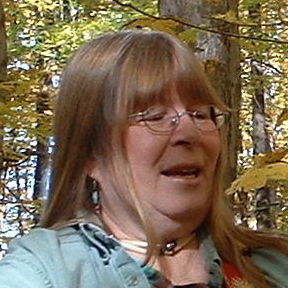




















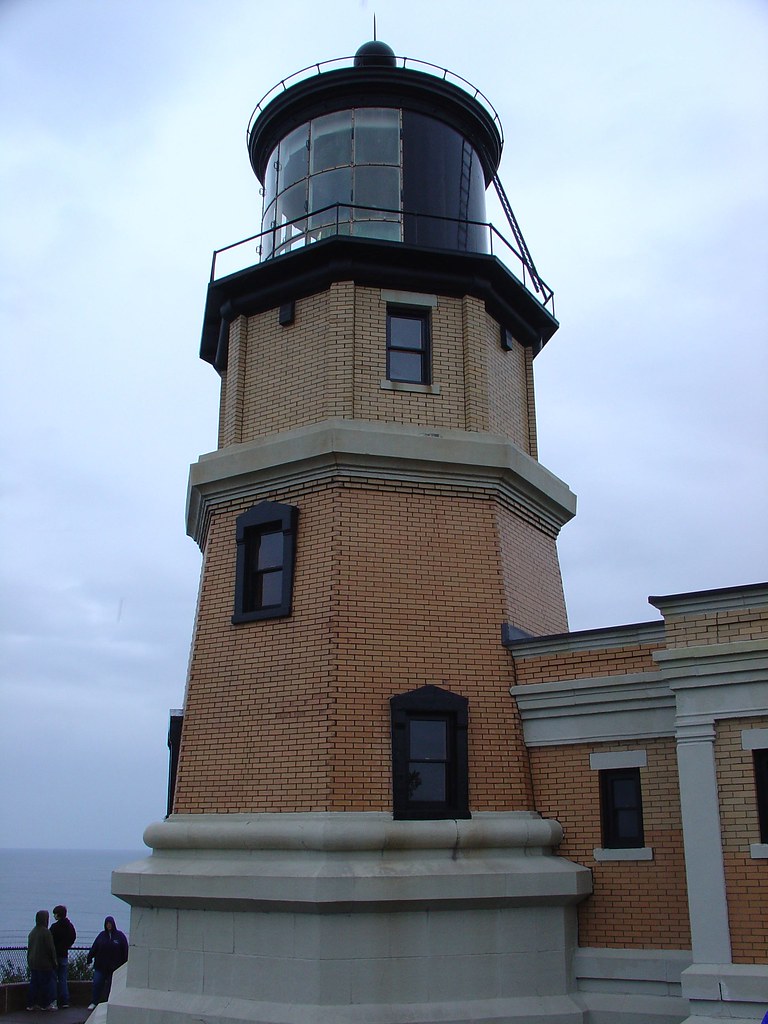












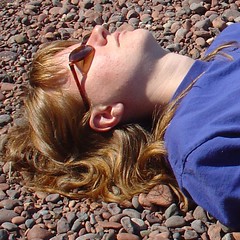

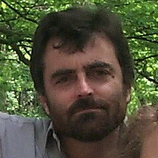


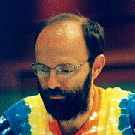




0 Comments:
Post a Comment
<< Home